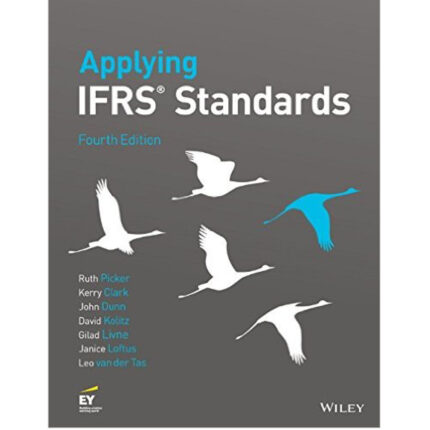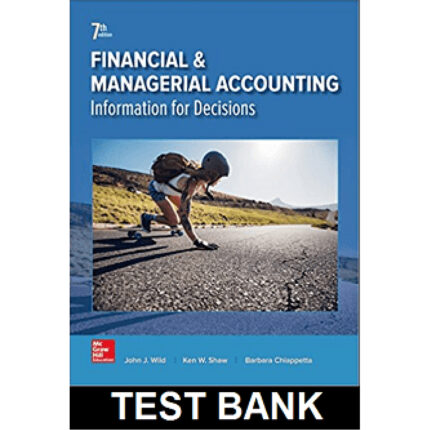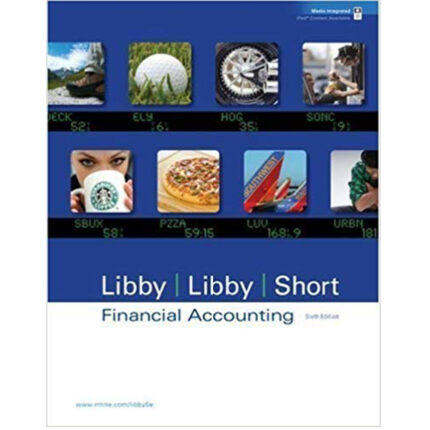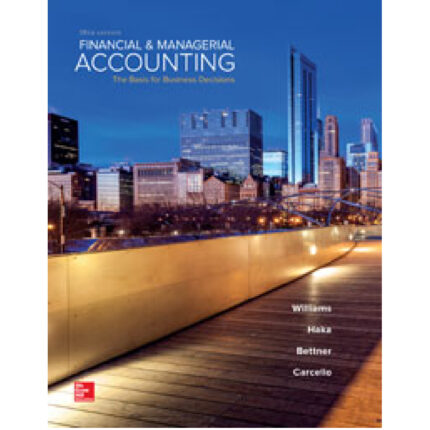Fundamental Financial Accounting Concepts 10th Edition By Thomas – Test Bank
21) What is meant by “cumulative dividends”?
Answer: Cumulative preferred stock is stock whose dividends accumulate from year to year when dividends are not declared. If dividends are declared, the preferred shareholders must first be paid both current year and any dividends in arrears before the common shareholders can be paid dividends.
Difficulty: 2 Medium
Topic: Common versus Preferred Stock
Learning Objective: 11-03 Differentiate between common and preferred stock.
Bloom’s: Understand
AACSB: Reflective Thinking; Communication
AICPA: FN Decision Making; BB Critical Thinking
22) What is the meaning of “par value” of stock?
Answer: “Par value” is an arbitrary value assigned to stock when it is authorized. Historically, par value represented the maximum liability of the investor and represents the minimum amount of assets that should be maintained as protection for creditors.
Difficulty: 1 Easy
Topic: Accounting for Capital Stock
Learning Objective: 11-02 Identify the characteristics of capital stock.
Bloom’s: Understand
AACSB: Reflective Thinking; Communication
AICPA: FN Measurement; BB Legal
23) Explain the differences in recording the initial issue of stock for (a) par-value, (b) stated- value, and (c) no-par stock in terms of the effect of each on the Common Stock account.
Answer:
a. When par value common stock is issued, the Common Stock account is increased by the product of the number of shares issued times the par value per share.
b. When stated value common stock is issued, the Common Stock account is increased by the product of the number of shares issued times the stated value per share
c. When no-par stock is issued, the entire amount of the proceeds from the stock issue is recorded in the Common Stock account with no Paid-in Excess account required.
Difficulty: 2 Medium
Topic: Accounting for Stock Transactions on the Day of Issue
Learning Objective: 11-04 Show how issuing different classes of stock affects financial statements.
Bloom’s: Understand
AACSB: Reflective Thinking; Communication
AICPA: FN Measurement; BB Critical Thinking
24) Will the number of shares of stock issued and the number of shares of stock outstanding always be the same? Why or why not?
Answer: The number of shares of stock issued and the number of shares of stock outstanding will not always be the same. Authorized stock that has been sold to the public is called issued stock. Outstanding stock (or total issued stock minus treasury stock) is stock owned by investors outside the corporation. The number of shares of stock outstanding will be less than the number issued if a corporation has purchased its own stock as treasury stock.
Difficulty: 2 Medium
Topic: Accounting for Capital Stock
Learning Objective: 11-02 Identify the characteristics of capital stock.
Bloom’s: Understand
AACSB: Reflective Thinking
AICPA: FN Measurement; BB Critical Thinking
25) In which section of the balance sheet would Treasury Stock be reported?
Answer: Stockholder’s Equity
Treasury stock is a contra equity account. It is deducted from the other equity accounts in determining total stockholders’ equity on the balance sheet.
Difficulty: 1 Easy
Topic: Accounting for Capital Stock
Learning Objective: 11-05 Show how treasury stock affects financial statements.
Bloom’s: Remember
AACSB: Reflective Thinking
AICPA: FN Measurement; BB Critical Thinking
26) What is treasury stock?
Answer: When a company buys its own stock, the stock purchased is called treasury stock.
Difficulty: 1 Easy
Topic: Accounting for Capital Stock
Learning Objective: 11-02 Identify the characteristics of capital stock.
Bloom’s: Remember
AACSB: Reflective Thinking
AICPA: FN Measurement; BB Critical Thinking
27) Cash dividends are affected by three significant dates. On which of the dates do dividends become a legal obligation of a corporation?
Answer: Declaration date
Although corporations are not required to declare dividends, they are legally obligated to pay dividends once they have been declared.
Difficulty: 1 Easy
Topic: Cash Dividends
Learning Objective: 11-06 Show how declaring and paying cash dividends affect financial statements.
Bloom’s: Remember
AACSB: Reflective Thinking
AICPA: FN Measurement; BB Legal
28) What is the importance of the date of record for a corporation that has declared dividends?
Answer: Cash dividends are paid to investors who own the stock on the date of record.
Difficulty: 1 Easy
Topic: Cash Dividends
Learning Objective: 11-06 Show how declaring and paying cash dividends affect financial statements.
Bloom’s: Understand
AACSB: Reflective Thinking
AICPA: FN Measurement; BB Critical Thinking
29) Garber Corporation had 20,000 shares of $12 par value common stock outstanding and declared a four-for-one stock split. How many new shares of stock would then be outstanding and what would be the par value of the new stock?
Answer: After the stock split, the corporation will have 80,000 shares outstanding at a par value of $3.00 per share.
After a four-for-one stock split, the number of shares will be four times the number before the split (or 20,000 × 4 = 80,000) and the par value will be one-fourth of what it was before the split (or $12 × ¼ = $3).
Difficulty: 1 Easy
Topic: Stock Dividends and Splits
Learning Objective: 11-07 Show how stock dividends and stock splits affect financial statements.
Bloom’s: Apply
AACSB: Knowledge Application
AICPA: FN Measurement; BB Critical Thinking
34) Explain the significance of a high price-earnings (P/E) ratio and what caution must be used when interpreting the P/E ratio.
Answer: A high price-earnings ratio indicates optimism about a company’s future on the part of investors. Caution must be used when interpreting P/E ratios. A company can have a high P/E ratio due to very low earnings, rather than high optimism by investors.
Difficulty: 2 Medium
Topic: Stock Investment Decisions
Learning Objective: 11-09 Show how accounting information is used to make stock investment decisions.
Bloom’s: Understand
AACSB: Reflective Thinking
AICPA: FN Risk Analysis; BB Critical Thinking













Reviews
There are no reviews yet.